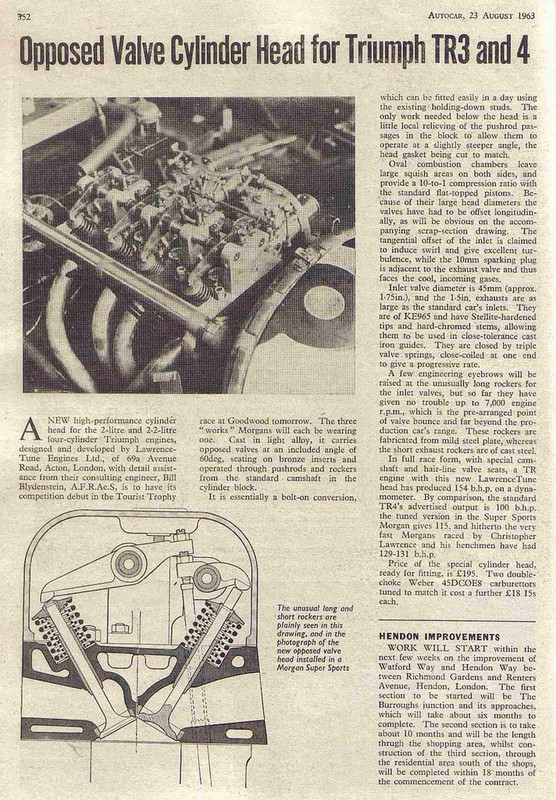Morning all. This is a really long shot.
From 1950 to 1953, Healey entered several Nash-Healeys in the Mille Miglia and the Le Mans 24 Hour race.
In 1952, at Le Mans, one of the 'works' cars used a very special 4.2-litre engine, which was described as having a special cylinder head with inclined valves and hemispherical combustion chambers, the valves being operated rather on the lines of the BMW design..
Nothing more was ever published about this engine which, as far as I know, was never used again. Does anyone know what it was, where it came from, and who designed it ?



















